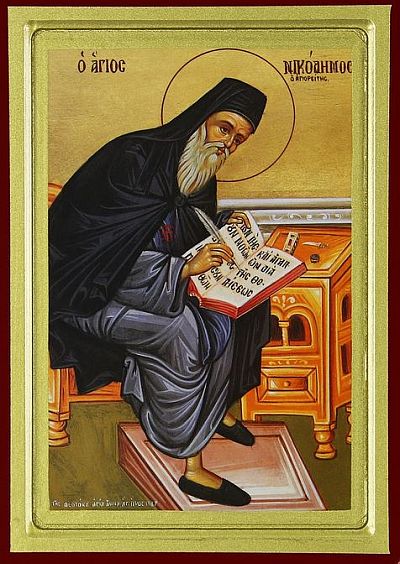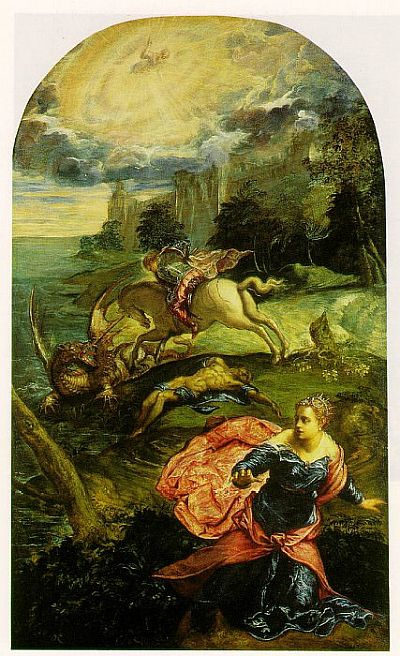 |

 |
 |
November
Complaining, gasping, demanding justice. A series of scandals. People demand justice. Those who could reveal justice more likely hide it. A proberb says “Bring the lantern to the sun.” Justice is offered in a sly way. “The truth is known always, but not often uttered!” (Kahlil Gibran). We are all confounded by the situation here. It seems to be putting the citizens into a like it or lump it situation. Do you remember that last month on 2 October we were celebrating Saints Cyprian and Justina? He was a magician, and she taught him Christian ways. After baptism he became a Bishop, writing works, like his prayer. Their refusal to bow down to worldly stress helped all by example and by the benefit of powerful prayer. (Note that only a priest should read the prayer to the afflicted.) It makes one think. Is it time to read prayers to those who trap us? Yes. We are trapped in a pile of lies, ignoring priorities, skimming over central problems. We are not well and wisely led. How good it would be if leaders lived like one of us, not on another planet.

Saint Nicodemus of Mt.Athos (above) is much admired for his writings and determination to keep Christianity uppermost, listed details of the devilish modes to be combatted. Demonic interventions. Major problem. Millions of ways to confuse. Like: reading the clouds, watching how birds fly, killing an animal for the foundation of new building, watching the stars scientifically, mathematically guessing the future from hands, from coffee cups, throwing charcoal next door, dancing on charcoal, hanging horseshoes, making some potent drink. We cry out “Get thee behind me Satan” (Matthew 16) and during the of Baptism Service we are called to reject Satan. Why don’t we react? Are we brainwashed? We have our Holy Cross, we have Holy Water, we have saints like Justina - she is of paramount importance. It’s time to appreciate the combined saintly protection we can have from these saints.
They say the climate has altered things, that the time of Covid altered us, that God is cross with us, but Lucifer may over the years have trained a brigade of little Lucifers to copy him. Lucifer was first mentioned by the major prophet Isaiah, (14,12) translating from Greek to Devil. Beelzebub from Syria much later became Satan. St. George on his horse, drove off the devil. Archangel Michael freed many from devilish attacks. The beautiful young St. Marina attacked the black horned devil.
November has the most important celebration day on the 21st with the introduction of our Holy Mother into the temple, at only three years old. Many Marias celebrate on this day and, take note, we can eat fish. Only three years old? Capable of living alone with little guidance and going into to the world in full control. We are all grown ups and we can’t deal with the problem constricting us.

Choose to imitate the Saints. Every day we have saints to imitate, our Holy Mother, read texts like the daily “Life of a Saint” each day and proceed, see the painting by Tintoretto (above) with St. George killing the ravenous dragon from his horse in front of the relieved citizens - painted in 1560 and now in the Hermitage.
Have a good month and winter. Don’t be belittled. Many saints are admired this month - Nectarius, Menas, John Chrysostomos, Archangels Michael and Gabriel, Catherine, Andreas and Stylianos with his important help to babies and small children. (Now you know where to turn when baffled by your toddler.) Keep warm, remember the great saint John Chrysostomos on 13/11, 27/1 and 30/1. Reading his works is really recommended. Shortly, with such knowledge new doors will open.
August 23 - Festival of The Odigitria
As at every monastery, so too at the Holy Metochi, the celebration of the Saint to whom the monastery is dedicated is the most significant day in the year.
In the case of the Metochi, our Patroness is the Holy Virgin and Mother of God, the Odigitria, who in this area is called the Panayiopoula. All year in our thoughts and prayers we call to her to bestow her grace on us.
The 23rd of August is the Return Feast of the Dormition of the Virgin Mary, the 9th day, and worshippers venerate a small icon of the Dormition, showing the All-Holy settled on her deathbed surrounded by apostles, hierarchs and angels.
Leading up to the day the church is scrubbed, polished and decorated. The Altar is covered with a richly embroidered cloth only used for this festival, flowers fill every corner and rows of flags are strung up and down the street. The beloved and grace-filled icon of the Panayiopoula is framed in priceless handmade lace.
Celebrating the Panagia Odigitria
The church which so many describe as having a 'soul' is very small, so chairs outside in the quiet street soon fill up with locals and some from further away.
Each Service is officiated by the Hegumen of the Holy Monastery Platytera.
'All generations shall call me blessed' Luke 1, 48.
That is why we call and pray for her help, our Ever-Virgin Mother. All Holy Theotokos intercede for us.
The church can be contacted by writing to PO Box 532, Corfu, 49100 Greece or by email at info@corfu-odigitria.com.
website designed and maintained
by hereford web design